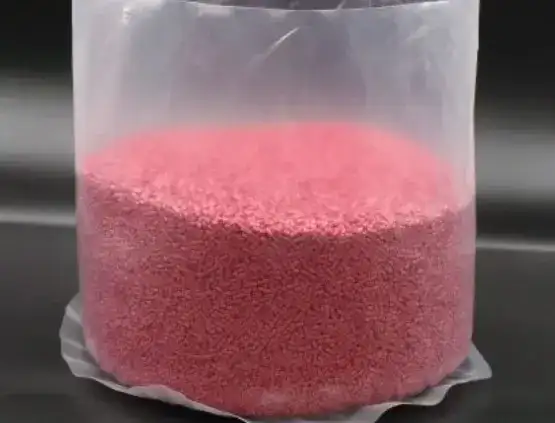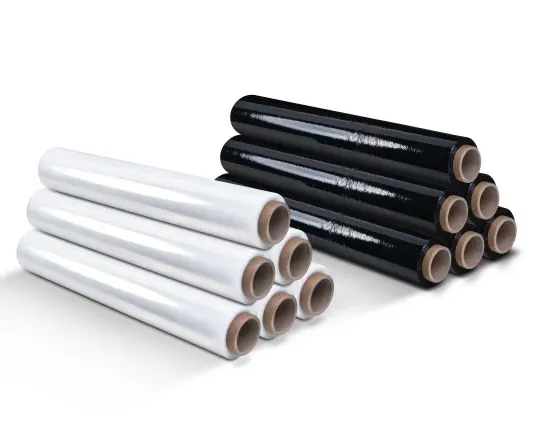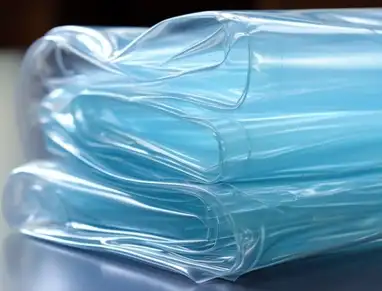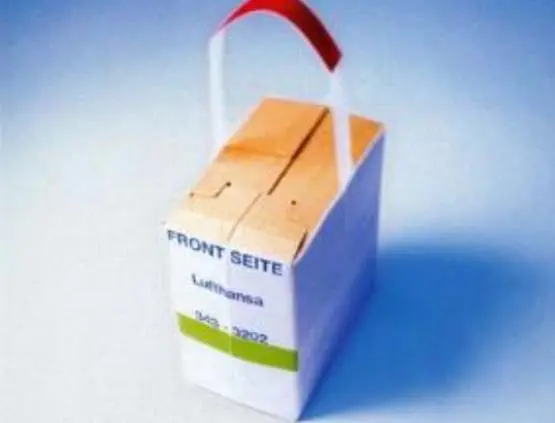Water vapor permeability or water vapor diffusivity refers to the permeability of a coating or paint to water vapor.
The water vapor permeability of plastic (PE) films is a fundamental property of film packaging. It is particularly important in the packaging sector, for example, to protect dry products from moisture or to prevent moist products from drying out. Polyethylene, due to its non-polar nature, is a good barrier layer against water vapor.
The permeability of polyethylene depends on the base materials used. For example, a plastic film made of high-density polyethylene (PE-HD) has a permeability of approximately 0.4 g/m² at 100 µm, while low-density polyethylene (PE-LD) has a value of approximately 1 g/m². The measured value for the amount of water vapor that can penetrate a film is expressed in grams per square meter per day: g/(m² x d). The measurement is carried out at 23 °C.
Polyethylene is often used in packaging applications to provide a barrier against moisture. It is commonly used for food packaging, bags, films, and other applications where moisture protection is important.
However, it is important to note that the water vapor transmission rate of PE can vary depending on the specific application and requirements. In some cases, additional barrier layers or treatments may be required to ensure adequate water vapor repellency.
Further features:
What is the oxygen permeability of PE ?
Or use our keyword search. Here you can search for any term.






